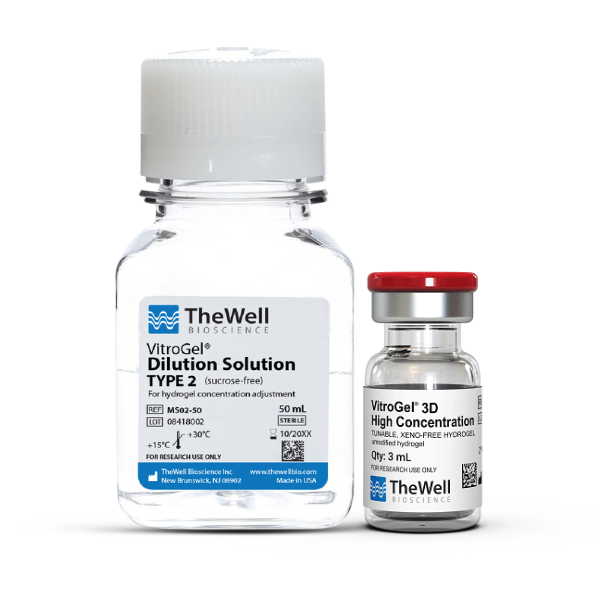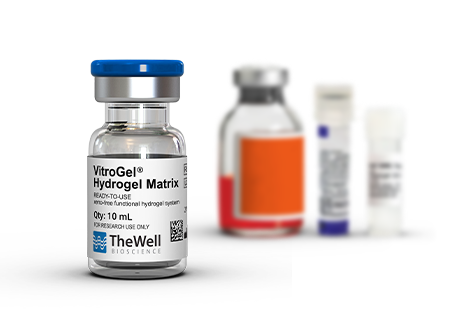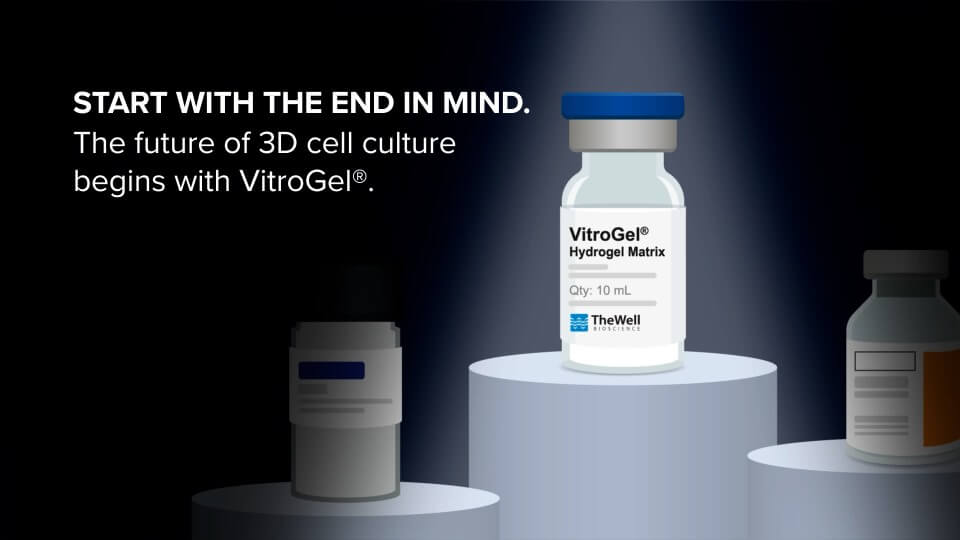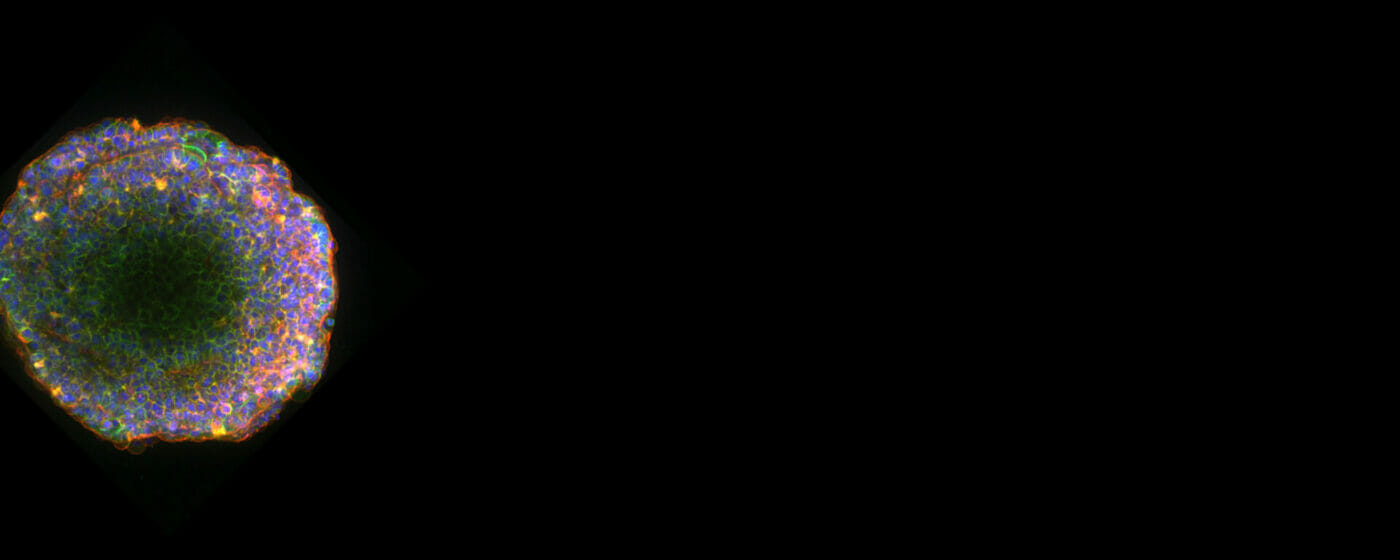Research Highlights
Healing Messengers: How Migrasomes and VitroGel® 3D Team Up for Skin Repair
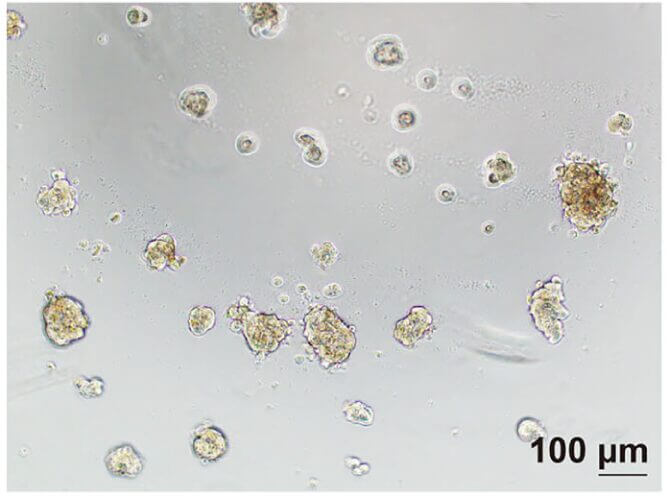
Uncovering the power of fibroblast-derived migrasomes in wound healing with the help of VitroGel® 3D’s advanced 3D culture system
Category:
3D Cell models
Subcategory:
In Vitro models
Cell Types:
TSPAN-mCherry fibrolasts (Fibrolasts modified with migrosomal marker TSPAN4)
Team:
Haoyu Zhou, Zhen Zhang, Zhan Liu, Guodong Sa, Mingjing Jiang, Zhongyang Zou, Yingliang Shi, Liwu Zheng, Xuewen Yang, Guoliang Sa
Hydrogel:
VitroGel® 3D (TWG001)
Institutions:
- State Key Laboratory of Oral & Maxillofacial Reconstruction and Regeneration
- Key Laboratory of Oral Biomedicine, Ministry of Education
- Hubei Key Laboratory of Stomatology, School & Hospital of Stomatology
- Wuhan University, Wuhan, China
- Department of Oral and Maxillofacial Surgery, Hospital of Stomatology, Wuhan University, Wuhan, China
Effective skin wound healing requires precise cell–cell communication and coordination across tissue types. However, the role of newly discovered migrasomes—vesicular organelles derived from fibroblasts—was not fully understood in the context of tissue repair.
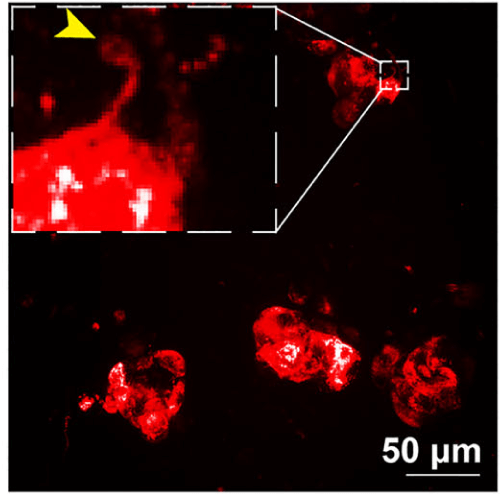

To study these interactions in a 3D context, researchers used VitroGel® 3D, a xeno-free hydrogel, to successfully culture spheroids made from fibroblasts genetically labeled with the migrasome marker TSPAN4. This setup enabled clear visualization of migrasome production within a physiologically relevant environment, providing critical insight into their behavior and function under 3D culture conditions.
Fibroblast-derived migrasomes were shown to carry CXCL12, a chemokine critical for tissue regeneration. When injected into rat skin wounds, these migrasomes significantly accelerated re-epithelialization, angiogenesis, and collagen deposition. Single-cell RNA sequencing confirmed that fibroblasts and keratinocytes in migrasome-treated wounds had upregulated genes associated with wound healing.
This study identifies fibroblast-derived migrasomes as natural vesicle-based carriers that promote skin regeneration—and VitroGel® 3D’s spheroid culture system was essential to unlocking their therapeutic potential.
PRODUCT USED:
Discover how VitroGel® can support your cell culture research
Explore our updated resources for a concise overview of VitroGel®’s key features and application areas.
Comparison of VitroGel® vs. Animal-based ECM
Discover the 20+ advantages of VitroGel® over animal-based ECM with this comprehensive comparison on key features, operation, application, and storage conditions.
Learn MoreWhat is VitroGel® | Overview Video
Learn why VitroGel® is the leading animal-free hydrogel for 3D cell culture.
Learn MoreVitroGel® for Advanced 3D Models
Learn how VitroGel® provides reproducible and scalable 3D cell culture models.
Learn More

